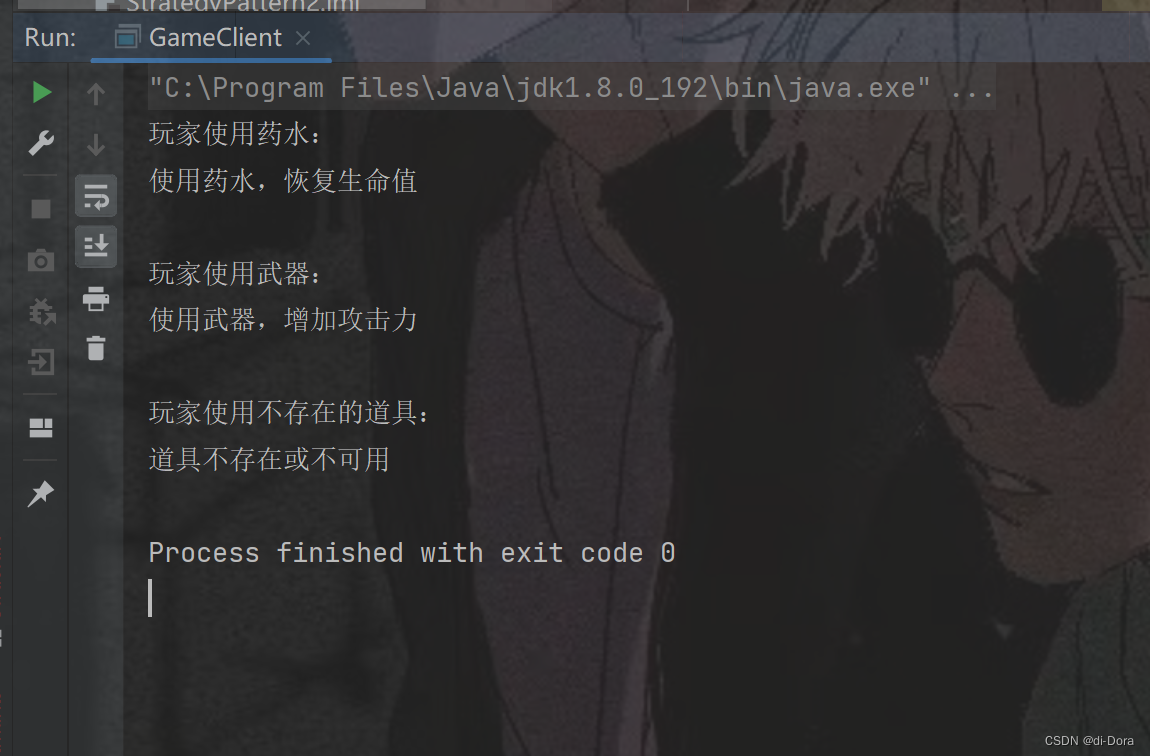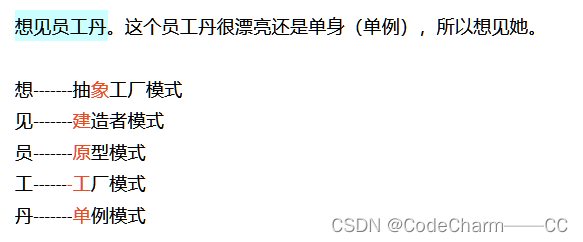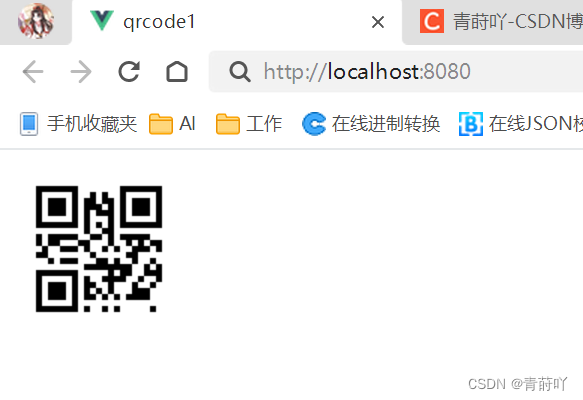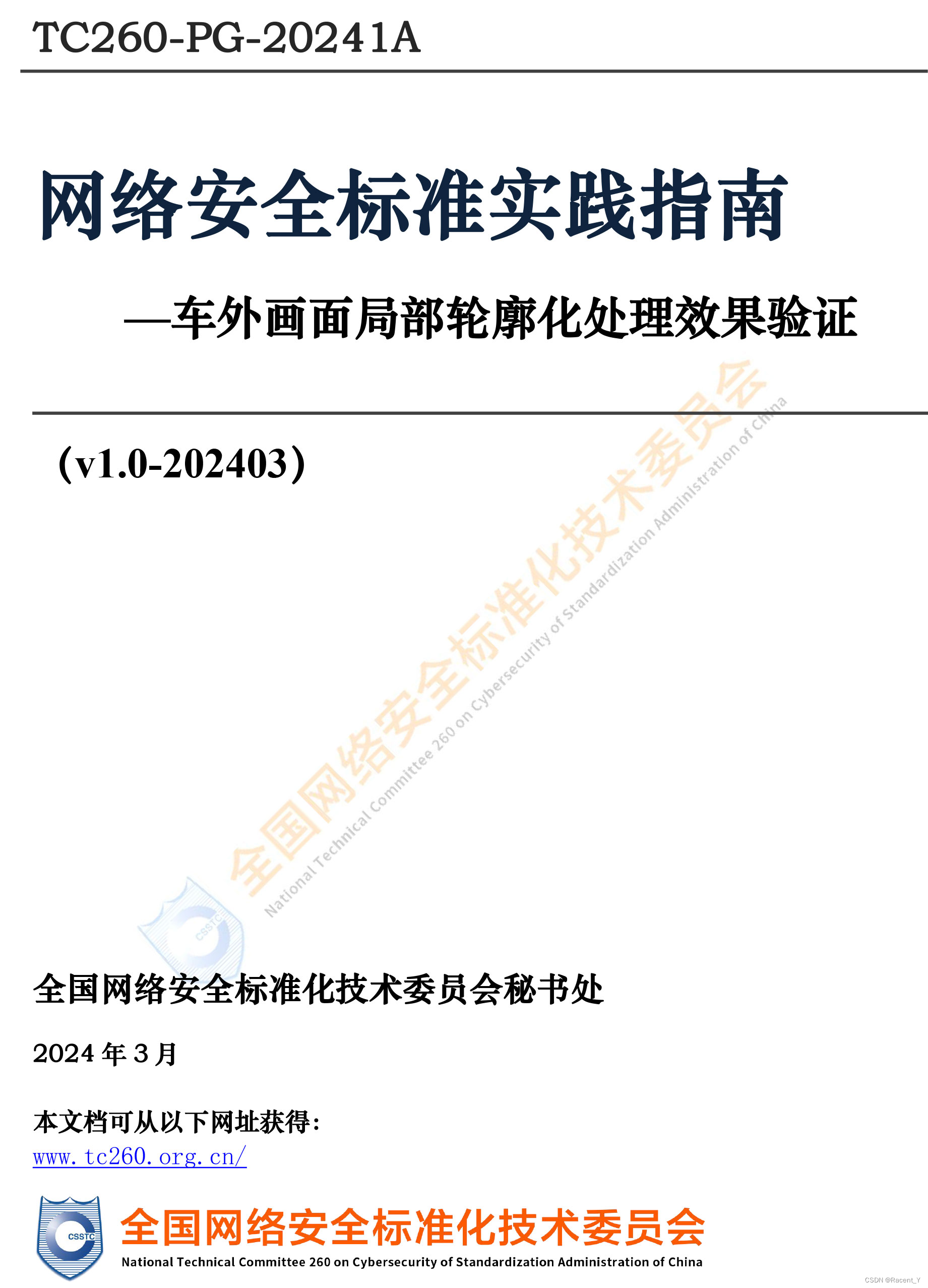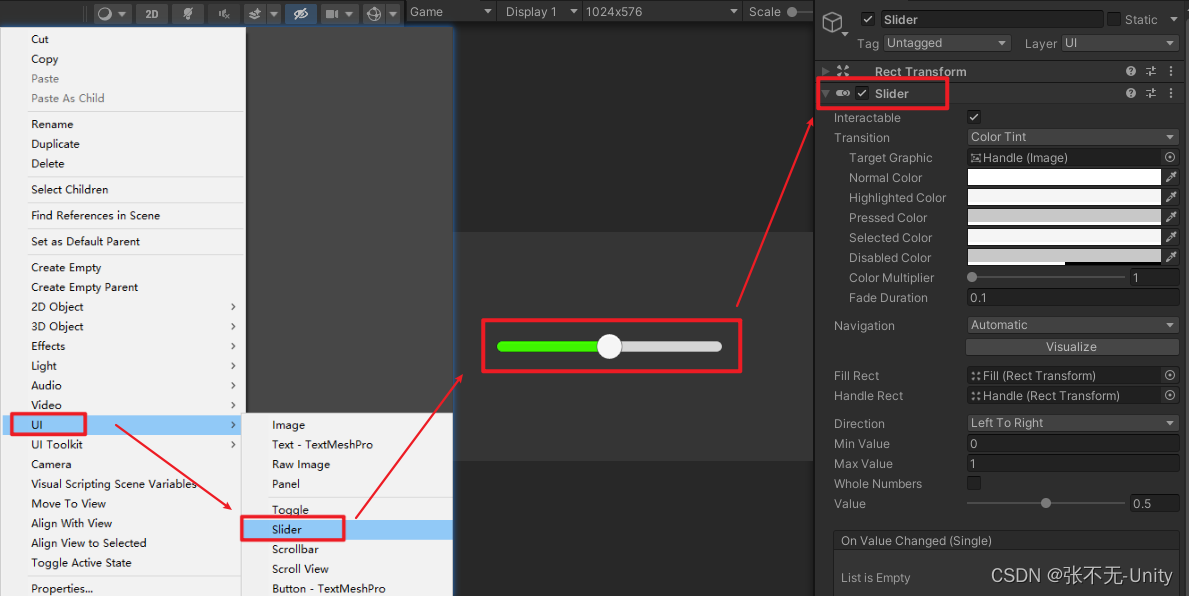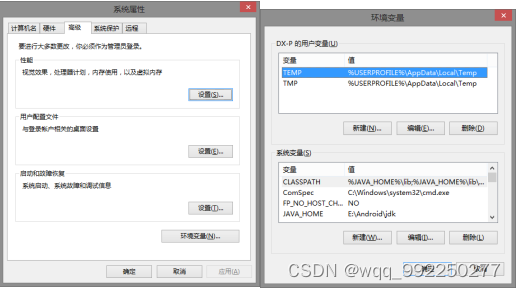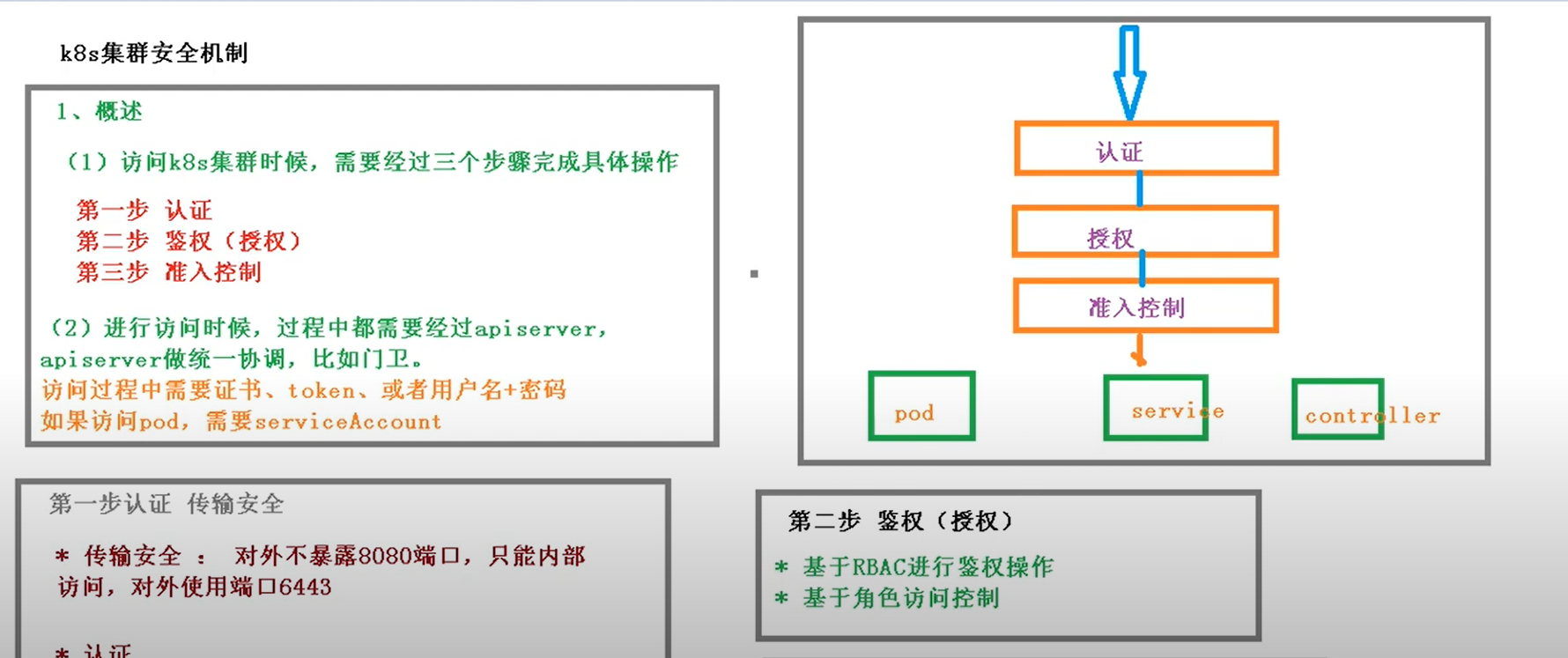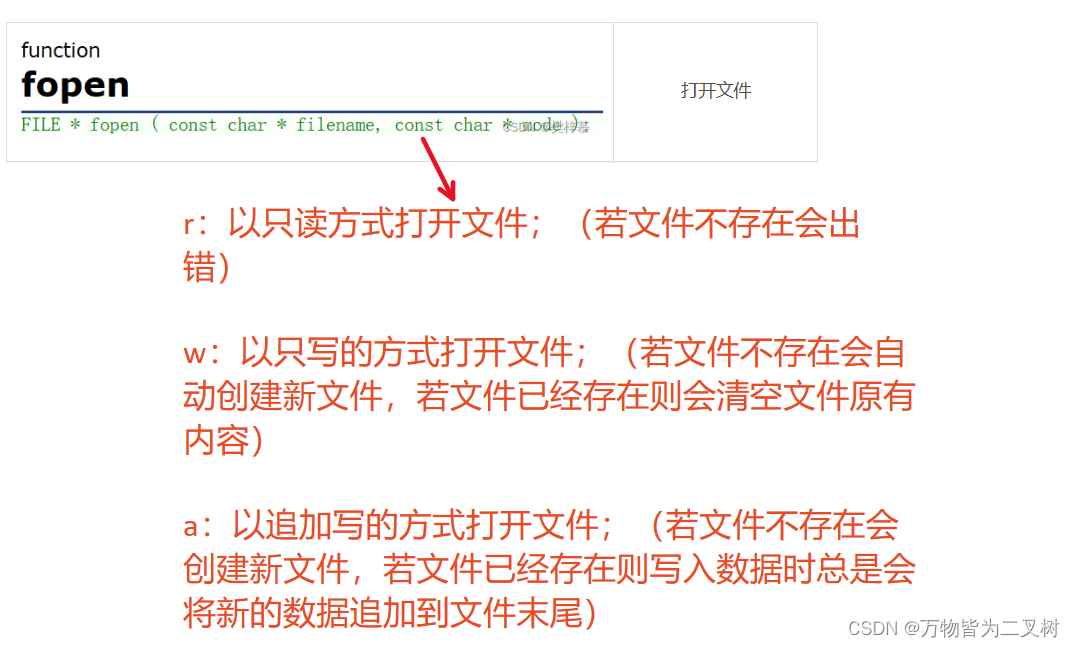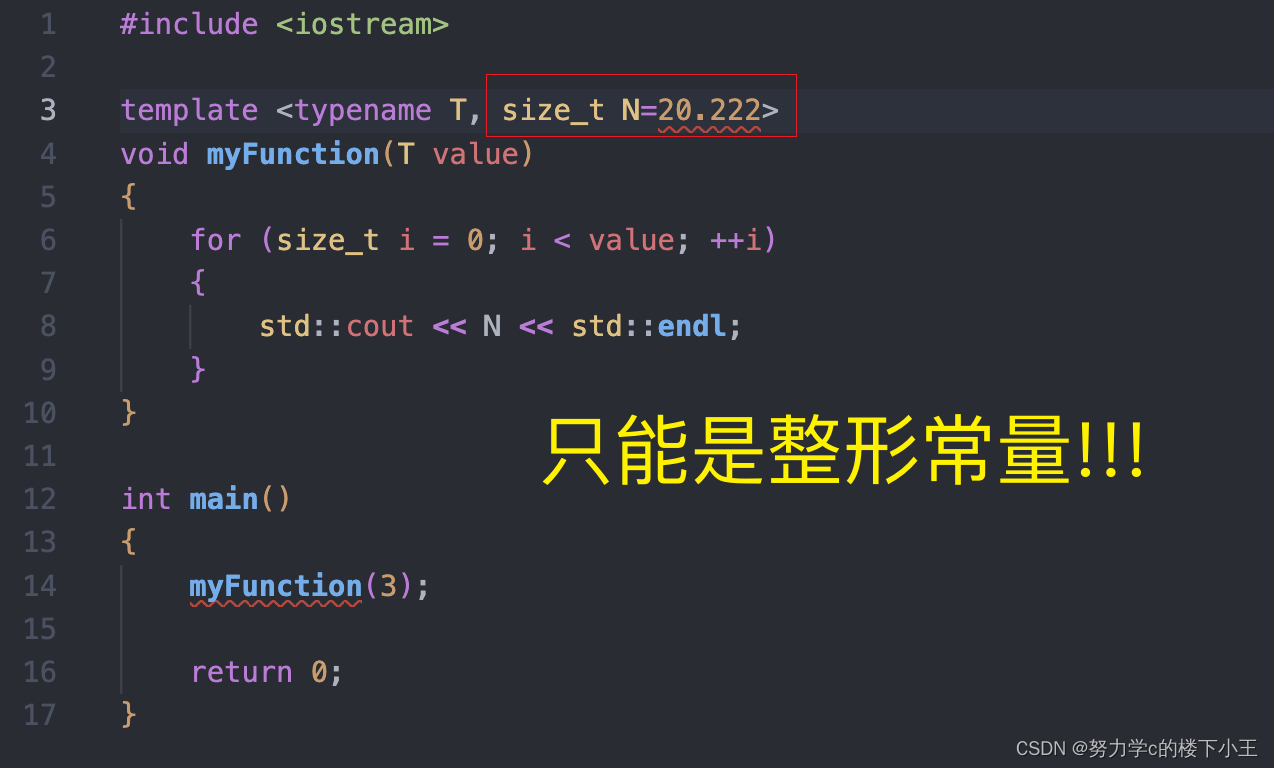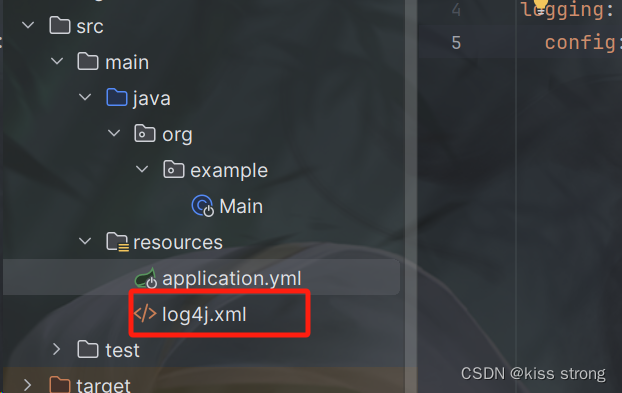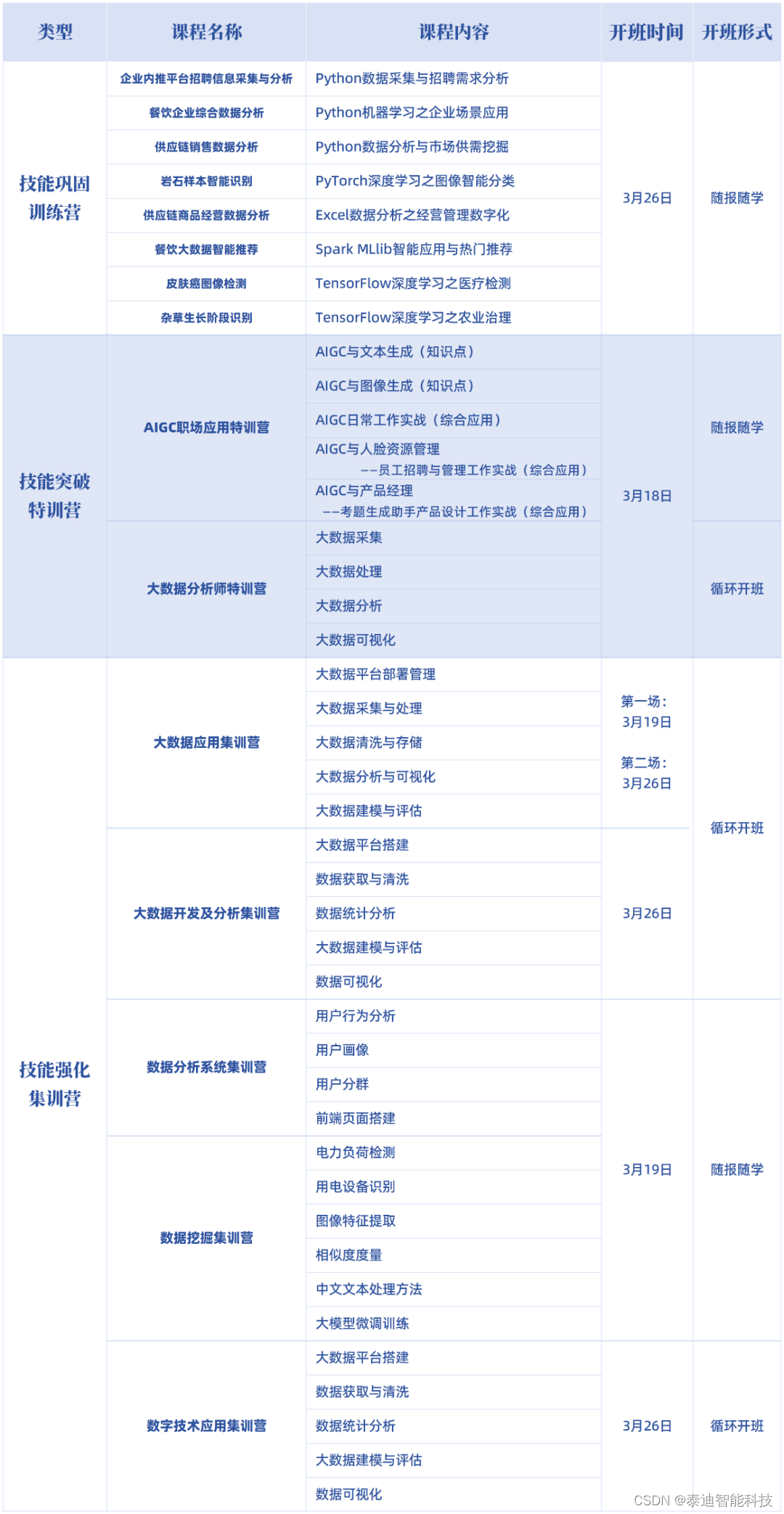什么是设计模式,举例说明Python中的常见设计模式
设计模式是一种在软件设计中对常见问题的通用解决方案。它们是在软件开发中积累的宝贵经验,可以帮助开发者更快速、更高效地编写高质量、可维护的代码。设计模式通常包含一些类和接口,以及它们之间的交互方式,这些交互方式可以解决某些特定的问题。
在Python中,有很多常见的设计模式,以下是一些例子:
单例模式(Singleton Pattern):
单例模式确保一个类仅有一个实例,并提供一个全局访问点。
python复制代码
class Singleton: |
|
_instance = None |
|
def __new__(cls, *args, **kwargs): |
|
if not cls._instance: |
|
cls._instance = super(Singleton, cls).__new__(cls) |
|
return cls._instance |
|
# 使用 |
|
singleton_obj = Singleton() |
工厂模式(Factory Pattern):
工厂模式用于创建对象,隐藏了对象的具体创建过程,调用者只需关心接口,不关心具体实现。
python复制代码
class Shape: |
|
def draw(self): |
|
pass |
|
class Circle(Shape): |
|
def draw(self): |
|
return "Inside Circle::draw() method." |
|
class Rectangle(Shape): |
|
def draw(self): |
|
return "Inside Rectangle::draw() method." |
|
def shape_factory(shape_type): |
|
if shape_type == "CIRCLE": |
|
return Circle() |
|
elif shape_type == "RECTANGLE": |
|
return Rectangle() |
|
# 使用 |
|
circle = shape_factory("CIRCLE") |
|
circle.draw() |
观察者模式(Observer Pattern):
定义了一种一对多的依赖关系,让多个观察者对象同时监听某一个主题对象。当主题对象状态发生改变时,它的所有依赖者(观察者)都会收到通知并自动更新。
python复制代码
class Subject: |
|
def __init__(self): |
|
self._observers = [] |
|
self._state = 0 |
|
def attach(self, observer): |
|
self._observers.append(observer) |
|
def detach(self, observer): |
|
self._observers.remove(observer) |
|
def notify(self): |
|
for observer in self._observers: |
|
observer.update(self._state) |
|
def set_state(self, state): |
|
self._state = state |
|
self.notify() |
|
class Observer: |
|
def update(self, state): |
|
pass |
|
# 使用 |
|
subject = Subject() |
|
observer = Observer() |
|
subject.attach(observer) |
|
subject.set_state(1) |
策略模式(Strategy Pattern):
定义了一系列的算法,并将每一个算法封装起来,使它们可以互相替换。策略模式使得算法可以独立于使用它的客户端变化。
python复制代码
class Strategy: |
|
def execute(self): |
|
pass |
|
class ConcreteStrategyA(Strategy): |
|
def execute(self): |
|
return "Strategy A" |
|
class ConcreteStrategyB(Strategy): |
|
def execute(self): |
|
return "Strategy B" |
|
class Context: |
|
def __init__(self, strategy): |
|
self.strategy = strategy |
|
def set_strategy(self, strategy): |
|
self.strategy = strategy |
|
def execute_strategy(self): |
|
return self.strategy.execute() |
|
# 使用 |
|
context = Context(ConcreteStrategyA()) |
|
print(context.execute_strategy()) # 输出: Strategy A |
|
context.set_strategy(ConcreteStrategyB()) |
|
print(context.execute_strategy()) # 输出: Strategy B |
这些只是设计模式中的一部分,设计模式种类繁多,每种设计模式都有其特定的应用场景和优点。在实际开发中,根据具体需求和场景选择合适的设计模式,可以提高代码的可维护性、可扩展性和可重用性。

